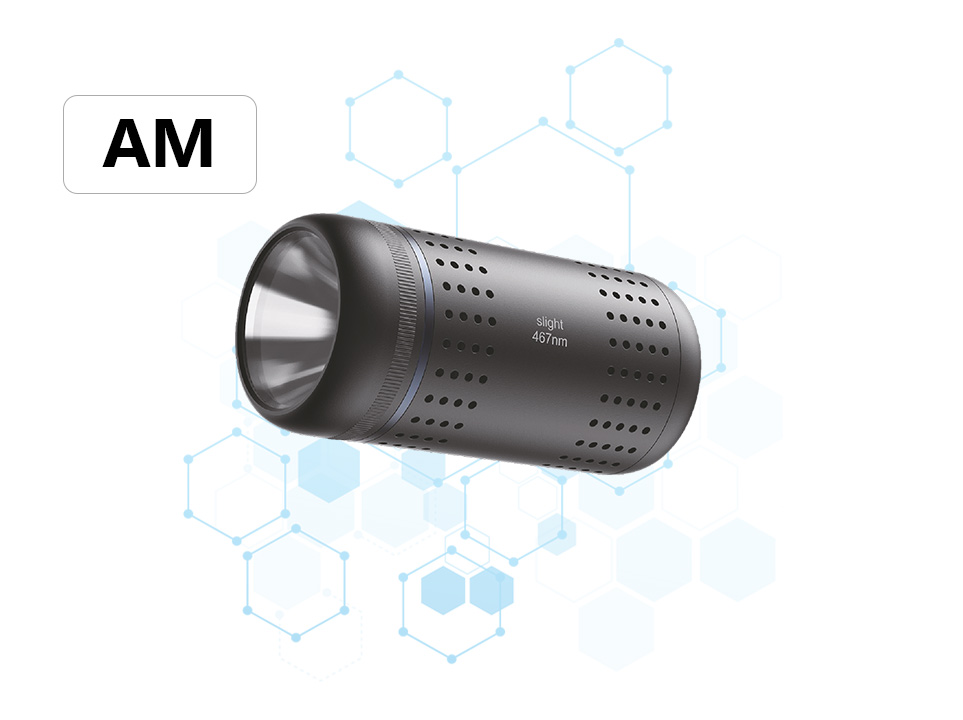Applications of Open Light Source in Scientific Research Experiments
Abstract:
The open light source, characterized by its flexibility, tunability, and broad spectral range, has become an indispensable tool in various scientific research experiments. This paper explores the applications of open light sources in different fields, including photochemistry, photobiology, and material science. We discuss the advantages of using open light sources, such as their ability to simulate natural light conditions, precise control over light parameters, and their role in advancing fundamental research and technological innovations. The paper also highlights recent advancements and future prospects of open light source technology in scientific research.
Introduction:
Light plays a crucial role in numerous scientific experiments, influencing chemical reactions, biological processes, and material properties. Traditional light sources often have limitations in terms of spectral range, intensity, and controllability. The advent of open light sources has revolutionized experimental setups by providing researchers with a versatile and adaptable tool. This paper aims to elucidate the significance of open light sources in scientific research and their diverse applications.
1. Photochemistry:
In photochemical research, the ability to precisely control light parameters such as wavelength, intensity, and duration is paramount. Open light sources enable researchers to simulate specific light conditions, facilitating the study of photochemical reactions. For instance, the investigation of photosynthesis mechanisms and the development of photocatalytic materials for energy conversion heavily rely on open light sources. The tunability of these sources allows for the exploration of reaction dynamics under various light conditions, leading to a deeper understanding of photochemical processes.
2. Photobiology:
Open light sources are extensively used in photobiology to study the effects of light on living organisms. Researchers can mimic natural light environments to examine plant growth, circadian rhythms, and photomorphogenesis. Additionally, open light sources are employed in phototherapy and photodynamic therapy, where specific light wavelengths are used to treat diseases. The ability to customize light spectra and intensities makes open light sources invaluable in advancing our knowledge of light-induced biological responses.
3. Material Science:
In material science, open light sources are utilized to investigate light-matter interactions and develop novel materials with tailored optical properties. For example, the synthesis and characterization of photonic crystals, solar cells, and light-emitting diodes (LEDs) benefit from the precise control offered by open light sources. Researchers can study the effects of different light conditions on material performance, leading to the optimization of materials for various applications.
4. Recent Advancements:
Recent technological advancements have further enhanced the capabilities of open light sources. The development of high-intensity LEDs, tunable lasers, and broadband light sources has expanded the range of possible experiments. Moreover, the integration of open light sources with advanced detection and imaging techniques has enabled real-time monitoring of light-induced processes, providing new insights into complex phenomena.
Conclusion:
Open light sources have become a cornerstone in scientific research, offering unparalleled flexibility and control over light parameters. Their applications in photochemistry, photobiology, and material science have significantly advanced our understanding of light-induced processes and facilitated technological innovations.





